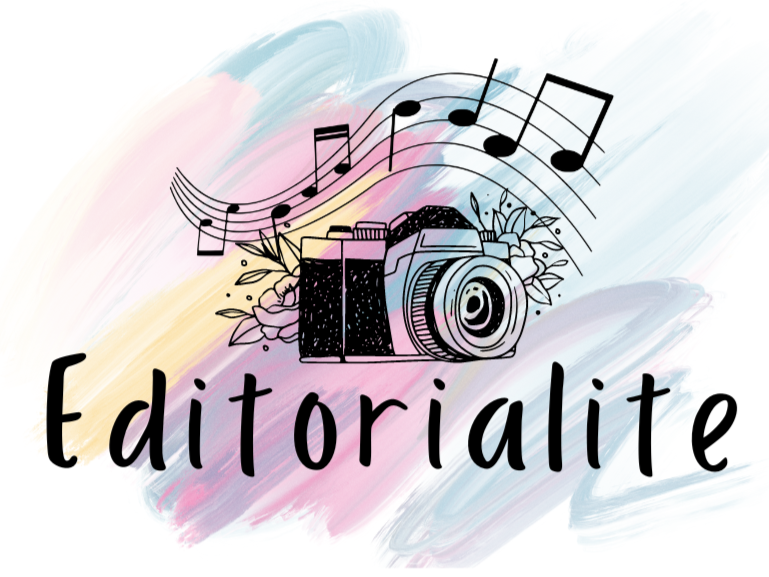At some point, you may have considered trying your hand at painting. Perhaps as a hobby, or to ask for that portrait on the wall of your new dining room.
But what supplies do you need? How do you start? And most importantly, what is the best way to get started with painting?
If you’ve always wanted to know how to start painting, this article is for you!
What Is Painting?
When most people think of painting, they think of a canvas with a paintbrush in hand. But painting can be so much more than that!
Painting is a way to express yourself and your creativity. You can use it to create stunning works of art or simply to add a splash of color to your home. No matter what your level of experience is, painting can be a fun and rewarding activity.
Why Paint?
There are many reasons why painting can be a great activity to get into. For one, painting can be very relaxing and therapeutic. It can be a great way to unwind after a long day or week. Painting can also be a great way to express your creativity.
Another reason to paint is that it can be relatively inexpensive to get started. You don’t need any fancy equipment or materials – just some basic supplies and a surface to paint on. And if you’re not sure where to start, you could even sign up with Painting Classes near you to get some guidance.
Even if you aren’t certain that painting is for you, there’s no harm in giving it a try. Who knows, you might just surprise yourself!
Painting Techniques To Become Familiar With
One of the most important things you need to do when getting started with painting is to become familiar with different painting techniques. This will allow you to create different effects and styles in your paintings. Some of the most common painting techniques include:
Brushstrokes
This is a basic technique that involves using a brush to apply paint to a surface. There are many different ways to create brushstrokes, so experiment and find what works best for you.
Blending
This technique is often used to create smooth transitions between colors. When blending, it’s important to use a light touch so that the colors don’t become muddy.
Glazing
This technique involves applying a thin layer of paint over another layer of paint that has already dried. You can use glazing to create depth and richness in your paintings.
Dry Brushing
This technique involves using a dry brush (one that doesn’t have any paint on it) to lightly apply color to a surface. You can use dry brushing to create texture or add highlights to your painting.
Stippling
This technique involves using small dots of color to create a textured effect. Stippling is often used to simulate the look of fur or fabric.
Sgraffito
This technique involves scratching through a layer of wet paint to reveal the layer underneath. You can use sgraffito to create interesting patterns and textures in your painting.
Impasto
This technique is all about using a thick layer of paint to create texture and depth. Paintings created with impasto often have a three-dimensional quality to them.
Negative Painting
This technique involves painting around the subject matter to create the illusion of depth. You can use negative painting to create a sense of space in your paintings.
These are just a few of the many painting techniques that you can experiment with. As you become more familiar with painting, you’ll likely develop your unique style.
Supplies You Need To Start Painting
When starting painting for the first time, there are a few supplies you will need to get started. Below is a list of items you will need to start painting:
Canvas
Canvases come in a variety of sizes. Choose one that is appropriate for the amount of space you have and the size of your project.
Paint
There are many different types of paint available on the market. Acrylic paint is a good option for beginners because it dries quickly and is easy to clean up.
Brushes
You will need a variety of brushes for different techniques. Choose brushes that are comfortable for you to hold and that is the right size for the type of painting you want to do.
Palette
A palette is used to mix paint colors. You can buy a disposable palette or use an old plate as your palette.
Paper Towels
Paper towels help wipe up spills. You can also use them to clean your brushes.
Water Cup
A water cup is necessary for rinsing your brushes. It is also useful in mixing paint with water.
With these supplies, you will be able to get started painting!
Where To Find Inspiration
There are many places to find inspiration for your painting. You can look at nature, other paintings, or photographs. You can also find inspiration in your everyday life and the people around you.
One great way to get inspired is to take a nature hike and photograph what you see. This can be a great source of inspiration for your painting.
Another way to get inspired is to look at other paintings. You can go to a museum or an art gallery, or even look online. There are plenty of websites that showcase different artists and their work.
Finally, you can also find inspiration in your everyday life. Look at the people around you and the world around you and try to see the beauty in it.

